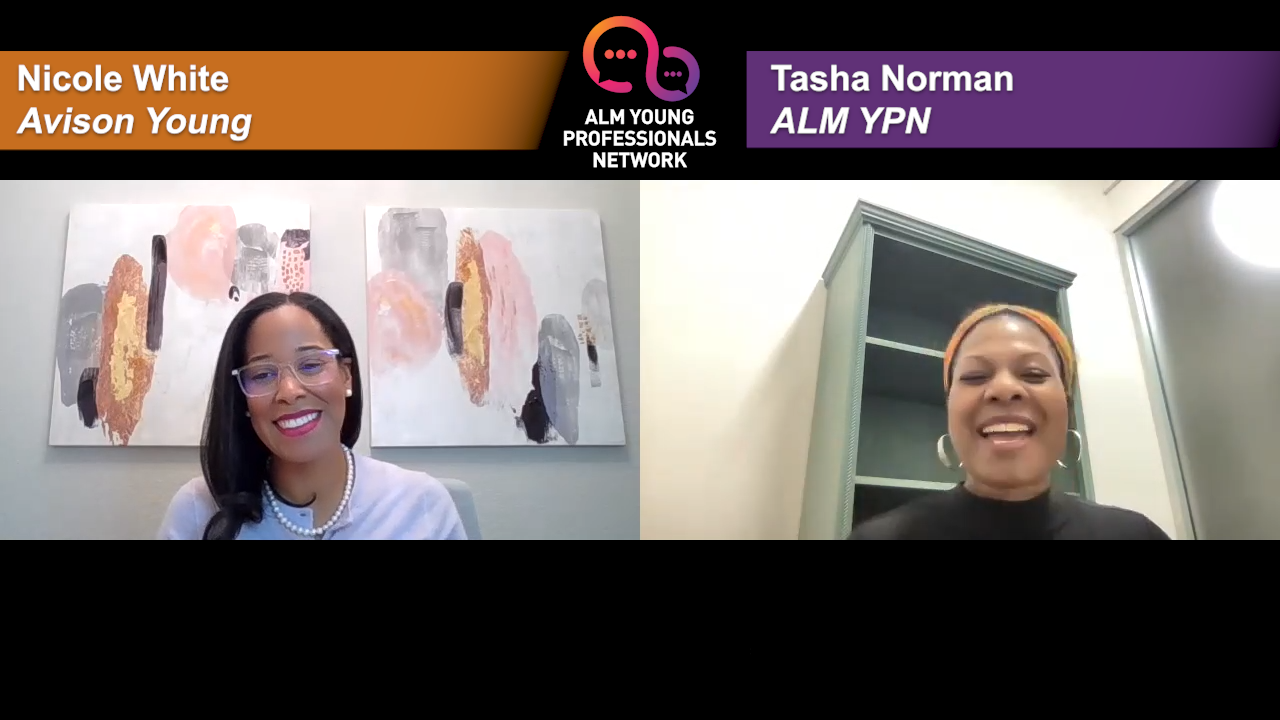WASHINGTON, DC—With college enrollments up 40% in the past decade and very little in the way of on-campus development to house these new students, the opportunities in the student housing sphere have risen exponentially. Yet to date, very little data has been available to developers, investors and operators of off-campus student housing. Until now, that is.
Last week, the National Multi Housing Council and the National Student Housing Council released their latest research on the market. The organizations published their first “Off-Campus Student Housing Income and Expense Benchmarking Survey” in 2010, studying operations and management of off-campus properties—specifically examining industry performance data on the sector and established its first performance benchmarks. The third and latest study updates and expands on the prior reports, with data from 25 companies in 46 states covering 370 properties with 75,206 units and 212,846 beds.
This supply and demand imbalance between the number of students in higher education and the means to house them, say the survey’s authors, “creates new market opportunities for off-campus student housing at the same time some colleges and universities are increasingly considering privatizing on-campus student housing for a variety of fiscal and logistical reasons.”
The locally based NMHC and NSHC analyze the data both as a percentage of net rental income and in absolute dollar figures per bed. Data includes total operating expenses, employee compensation, maintenance and repairs, taxes, insurance, marketing, turnover and utilities, as well as net rental income, late fee income and other income. The data are also sorted by type of lease (by-the-bed and by-the-unit); type of property (garden or mid- to high-rise); age of property (2006–present, 2000–2005, before 2000); size of property; and management type (owned and managed or managed only)—along with both national and regional or state-level results.
Among the 2012 survey’s findings is that both total compensation and late fee income vary greatly by property. Late fee income ranged from $13.41 to $110.61 per bed for mid- to high-rise properties that leased by the bed, whereas for garden-style properties that leased by the unit had late fee income ranging from $22.26 to $114.26 per bed. Location also impacted the compensation and late fee income averages.
Many of the properties surveyed were in the Southeast—191 properties with 37,159 units and 106,161 beds, to be exact. Florida alone housed 70 assets. Comparatively, just 24 properties with 5,024 units and 13,988 beds were in the Northeast. Regardless of location, student housing properties by and large use “by-the-bed” leasing structures. Of the total, 312 properties leased by the bed while 56 leased by the unit. Interestingly, the study found that properties that lease by the bed on average earn less per bed in rental income and spend a larger percentage of their rental income on operating expenses than properties with a by-the-unit leasing strategy.
Yet the NMHC and NSHC aren’t the only sources of data on the student housing space. Axiometrics Inc., a Dallas-based provider of apartment market data and advisory services, has released a new student housing solution to provide standardized reporting and forecasting for the sector, including publicly traded REITs, in an effort to help developers and investors in the decision-making process. Citing the National Center for Education Statistics, the firm says that the influx of echo boomers into college will cause college enrollment to increase by at least 10% in 2016.
Axiometrics will combine its proprietary monthly surveying methodology with universities' common data sets, historical housing and meal plan rates, as well as other information to generate in-depth comparisons that account for differences in amenity levels for on- and off-campus properties. More than 200 properties nationally will be covered, and data will be provided at the university and project levels. The firm also tracks such amenities as furnished and unfurnished units, utilities, cable TV and movie channels, Internet, washer/dryers, shuttles to school and university bus lines.
“We recognized that one of the major problems that plagued the student housing industry has been the lack of standardized reporting,” says Kelli Smith, Axiometrics’ student housing research analyst. “Most people can tell you what their beds are leasing for. But the questions is, what’s all included in that price? Does it include furniture? Utilities? Cable/internet? Is there a cap? A fee? These are the types of questions we can help answer. Our detailed amenity page allows us to make accurate amenity adjustments. Without this feature, comparing property to property or portfolio to portfolio is like comparing apples to oranges. It’s just not possible.”
Axiometrics also tracks the monthly velocity at which student properties are pre-leasing for the fall, allowing readers to gauge accurate leasing trends; the development pipeline; forecasting availability; and absorption of new beds. It will also have a 20-quarter forecast of student housing properties’ performance.
“With more and more developers looking to fulfill the growing demand for student housing, it’s critically important that they have standardized, amenity-adjusted information for each property and university so that they can develop the right unit and bed mix in their projects,” says Axiometrics president Ron Johnsey. “As some of the largest schools have up to 85% of their students living off campus, there’s definitely a need for the accurate and granular information.”
© 2025 ALM Global, LLC, All Rights Reserved. Request academic re-use from www.copyright.com. All other uses, submit a request to [email protected]. For more information visit Asset & Logo Licensing.







